loss-functions
Loss functions are essential components in machine learning and deep learning, guiding the training process of models by quantifying the difference between predicted and actual outcomes. They serve as objective functions that algorithms aim to minimize or maximize, thereby improving model performance. Various types of loss functions exist, each suited for different tasks, such as regression or classification. Common examples include Mean Squared Error (MSE) for regression tasks and Cross-Entropy Loss for classification tasks. Understanding and selecting the appropriate loss function is crucial for developing effective machine learning models.

What are Loss Functions?
An article explaining different most used loss function in deep learning
📚 Read more at Towards Data Science🔎 Find similar documents
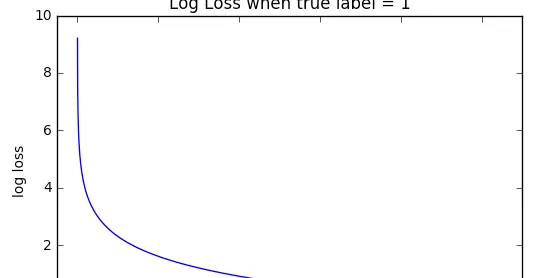
Loss Functions
Loss Functions Cross-Entropy Hinge Huber Kullback-Leibler RMSE MAE (L1) MSE (L2) Cross-Entropy Cross-entropy loss, or log loss, measures the performance of a classification model whose output is a pro...
📚 Read more at Machine Learning Glossary🔎 Find similar documents
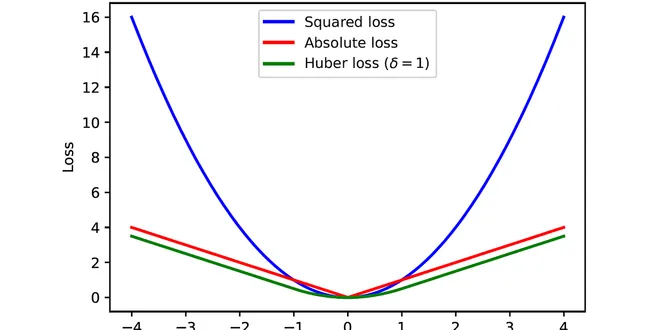
Loss Functions in Machine Learning
Loss functions have an important role in machine learning as they guide the learning process of the model and define its objective. There is a large number of loss functions available and choosing…
📚 Read more at Towards Data Science🔎 Find similar documents
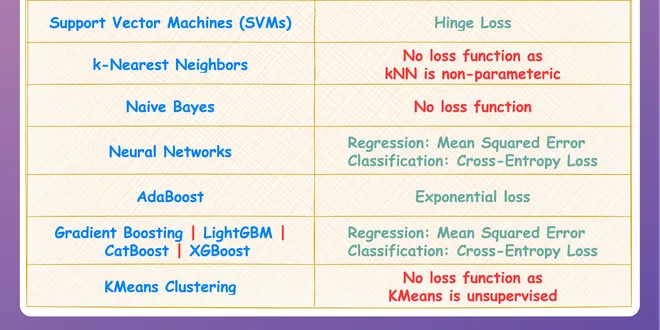
Loss Functions: An Algorithm-wise Comprehensive Summary
Loss functions are a key component of ML algorithms. They specify the objective an algorithm should aim to optimize during its training. In other words, loss functions tell the algorithm what it shoul...
📚 Read more at Daily Dose of Data Science🔎 Find similar documents
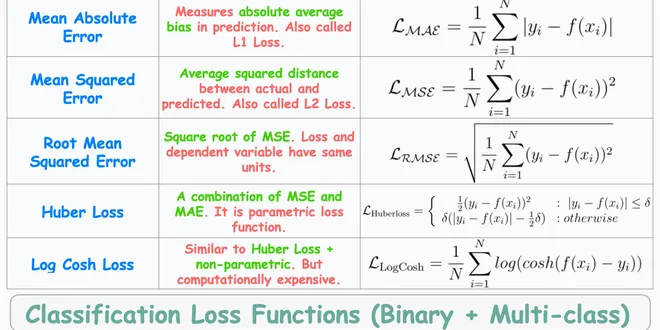
A Single Frame Summary of 10 Most Common Regression and Classification Loss Functions
Loss functions are a key component of ML algorithms. They specify the objective an algorithm should aim to optimize during its training. In other words, loss functions tell the algorithm what it shoul...
📚 Read more at Daily Dose of Data Science🔎 Find similar documents
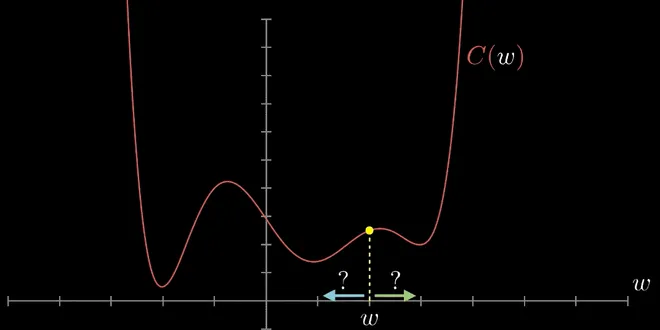
Loss Functions in Neural Networks
Loss functions show how deviated the prediction is with actual prediction. Machines learn to change/decrease loss function by moving close to the ground truth. There are many functions out there to…
📚 Read more at Becoming Human: Artificial Intelligence Magazine🔎 Find similar documents

Most Common Loss Functions in Machine Learning
As a core element, Loss function is a method of evaluating your Machine Learning algorithm that how well it models your featured dataset. It is defined as a measurement of how good your model is in…
📚 Read more at Towards Data Science🔎 Find similar documents
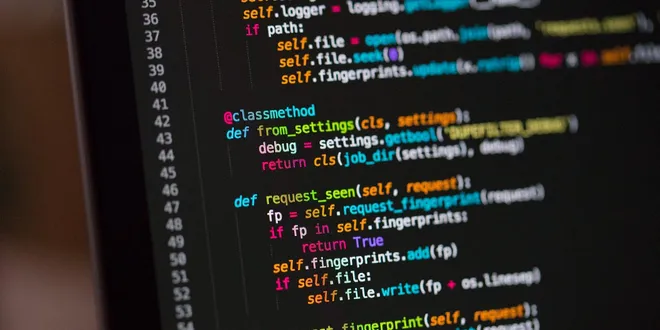
Loss Functions and Their Use In Neural Networks
Overview of loss functions and their implementations Photo by Chris Ried on Unsplash Loss functions are one of the most important aspects of neural networks, as they (along with the optimization func...
📚 Read more at Towards Data Science🔎 Find similar documents
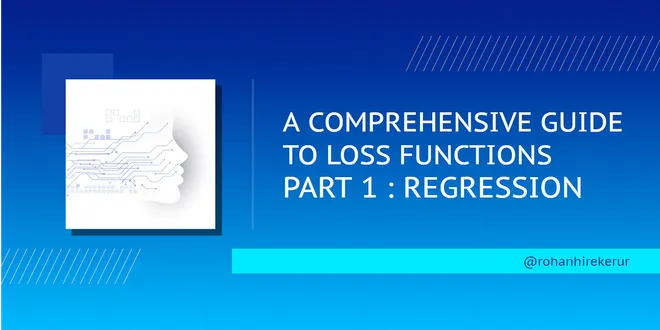
A Comprehensive Guide To Loss Functions — Part 1 : Regression
Loss functions are used to calculate the difference between the predicted output and the actual output. To know how they fit into neural networks, read :
📚 Read more at Analytics Vidhya🔎 Find similar documents
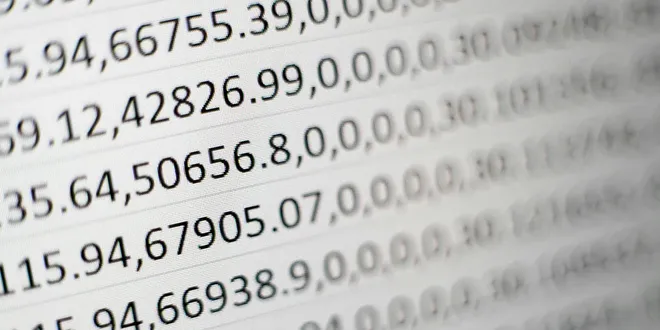
The Mathematics of Loss Functions in Machine Learning
Introduction to Loss Functions In machine learning, how well predictive models work depends largely on their ability to reduce errors in their predictions. At the heart of this process are loss funct...
📚 Read more at The Pythoneers🔎 Find similar documents
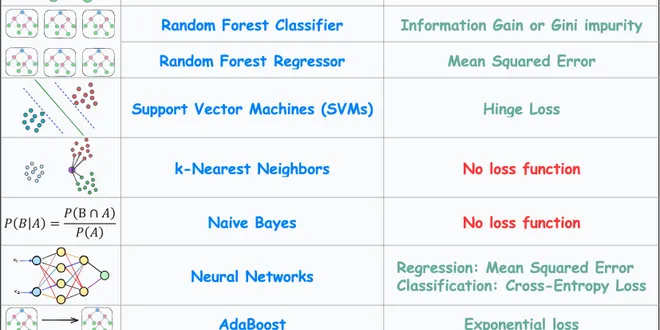
An Algorithm-wise Summary of Loss Functions in Machine Learning
Loss functions are a vital component of ML algorithms. They specify the objective an algorithm should aim to optimize during its training. In other words, loss functions explicitly tell the algorithm ...
📚 Read more at Daily Dose of Data Science🔎 Find similar documents
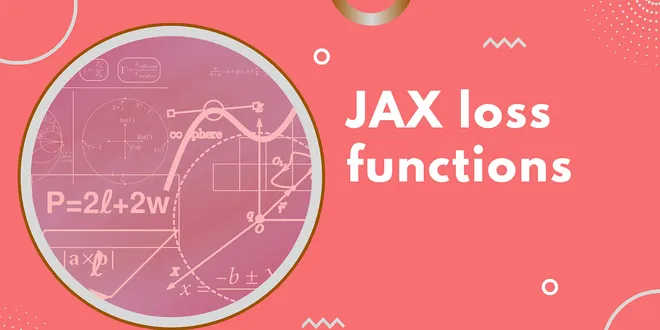
JAX Loss Functions
Loss functions are at the core of training machine learning. They can be used to identify how well the model is performing on a dataset. Poor performance leads to a very high loss, while a well-perfor...
📚 Read more at Towards AI🔎 Find similar documents

